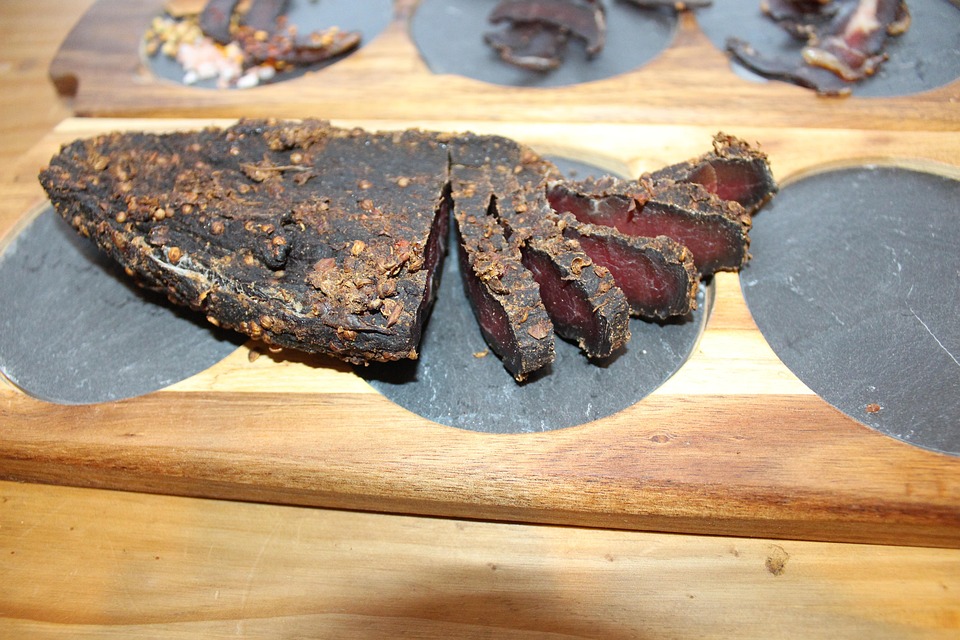Introduction
Biltong, a popular South African dried meat snack, is traditionally made by air drying or oven drying the meat. Both methods have their pros and cons, and in this report, we will compare the two methods to determine which is more effective in terms of cost, quality, and overall efficiency.
Overview of Biltong Industry
The biltong industry is a thriving sector in South Africa, with a growing demand for this delicious snack both domestically and internationally. According to industry reports, the biltong market is expected to reach a value of over $250 million by 2025, driven by increasing consumer preference for high-protein, low-carb snacks.
Key Players in the Biltong Industry
Some of the key players in the biltong industry include companies like Biltong USA, Ayoba-Yo, and Stryve Biltong. These companies offer a wide range of biltong products made using different drying methods, catering to various consumer preferences.
Air Dried Biltong Method
Air drying biltong involves hanging strips of seasoned meat in a well-ventilated area for several days until it is dried to perfection. This method is considered more traditional and is preferred by purists who believe it yields a more authentic and flavorful end product.
Pros of Air Dried Biltong
– Retains more of the natural flavors of the meat
– Preserves the nutritional content of the meat
– Requires minimal energy consumption
– Less risk of over-drying the meat
Cons of Air Dried Biltong
– Takes longer to dry compared to oven drying
– Susceptible to contamination if not dried in a controlled environment
– May not be suitable for large-scale production due to space constraints
Oven Dried Biltong Method
Oven drying biltong involves placing the seasoned meat in a low-temperature oven for a few hours until it is dried. This method is quicker than air drying and is often preferred by commercial biltong producers due to its efficiency and consistency.
Pros of Oven Dried Biltong
– Faster drying process, making it more suitable for large-scale production
– Can be done in a controlled environment to prevent contamination
– Consistent results in terms of texture and flavor
– Requires less space compared to air drying
Cons of Oven Dried Biltong
– May lose some of the natural flavors of the meat due to the higher drying temperature
– Consumes more energy compared to air drying
– Risk of over-drying the meat if not monitored closely
Comparison of Air Dried and Oven Dried Biltong
When comparing air dried and oven dried biltong, there are several factors to consider, including cost, quality, and efficiency. In terms of cost, air drying is generally more cost-effective as it requires minimal energy consumption. However, oven drying is more efficient for large-scale production due to its faster drying time.
In terms of quality, air dried biltong is often preferred for its authentic flavor and nutritional content. On the other hand, oven dried biltong may lack some of the natural flavors of the meat but offers consistent results in terms of texture and flavor.
Overall, the choice between air dried and oven dried biltong will depend on the specific needs of the producer. Small-scale producers may opt for air drying for its quality and authenticity, while larger producers may prefer oven drying for its efficiency and consistency.
In conclusion, both air dried and oven dried biltong methods have their advantages and disadvantages. The choice between the two methods will ultimately depend on factors such as production scale, cost considerations, and desired end product quality. As the biltong industry continues to grow, producers will need to carefully consider which drying method best suits their needs to meet the increasing demand for this popular snack.

